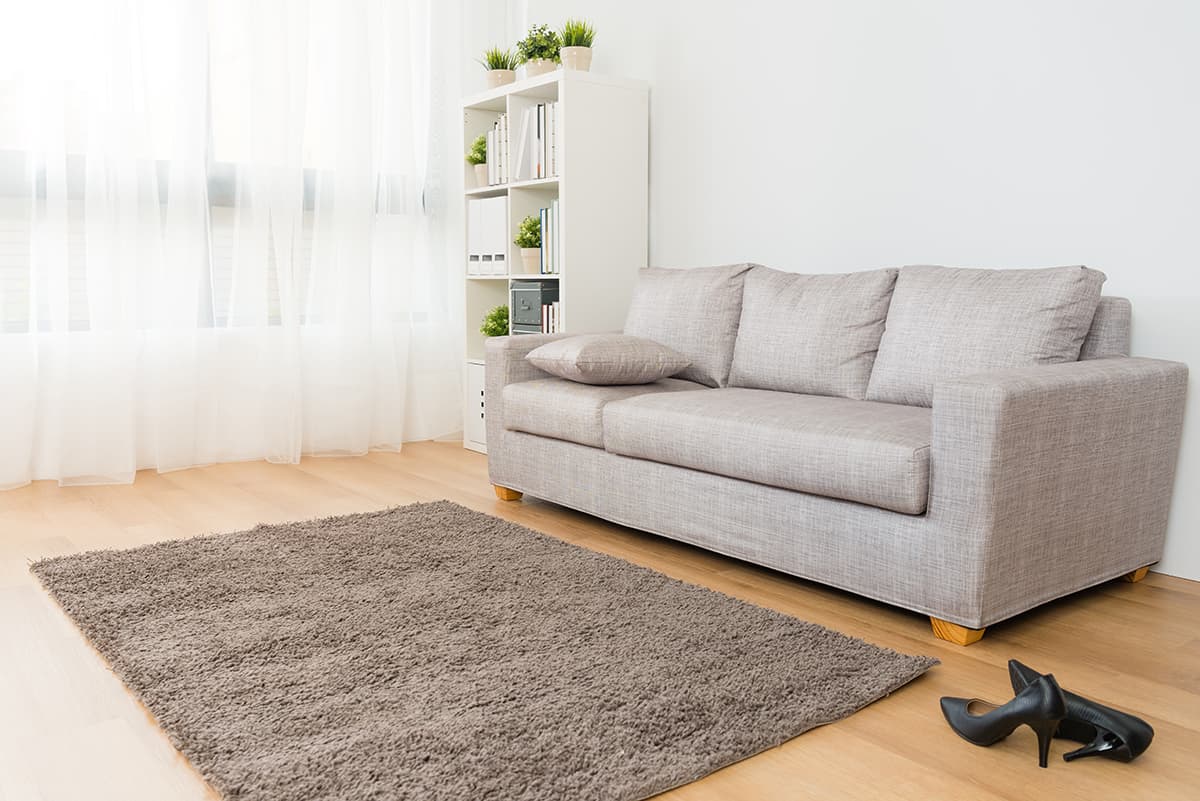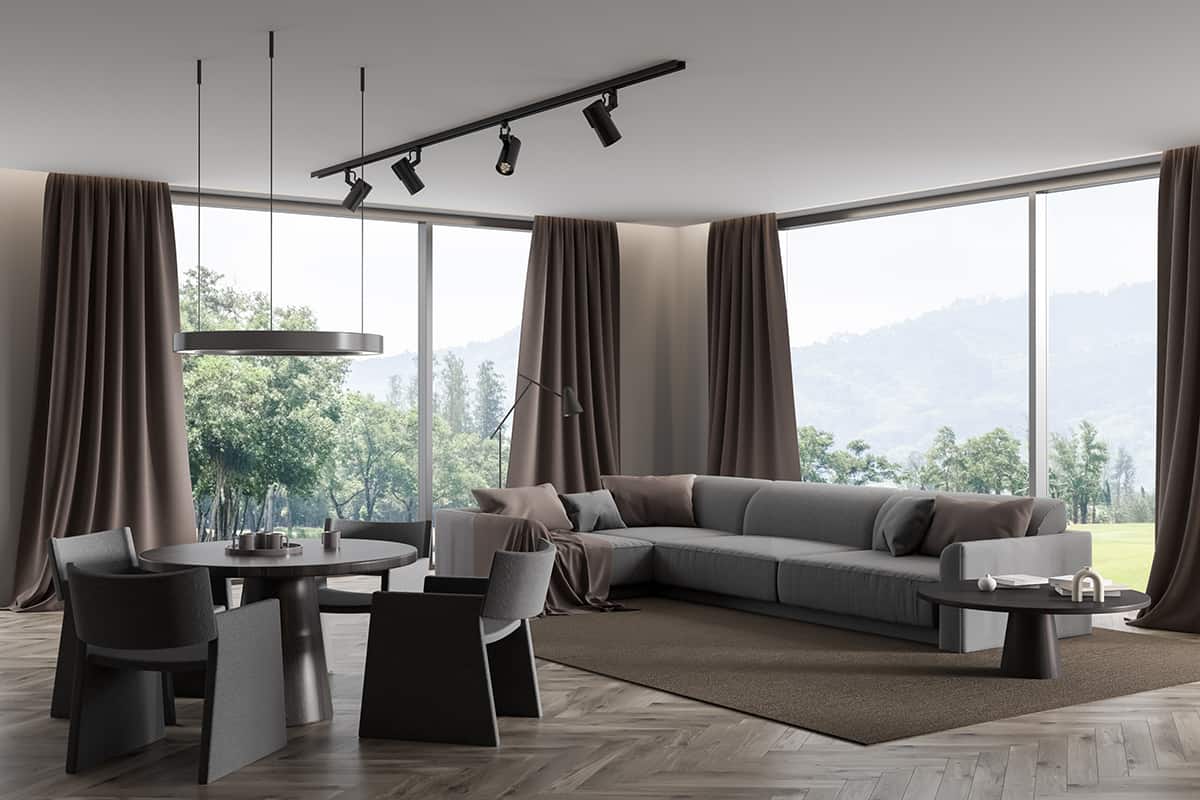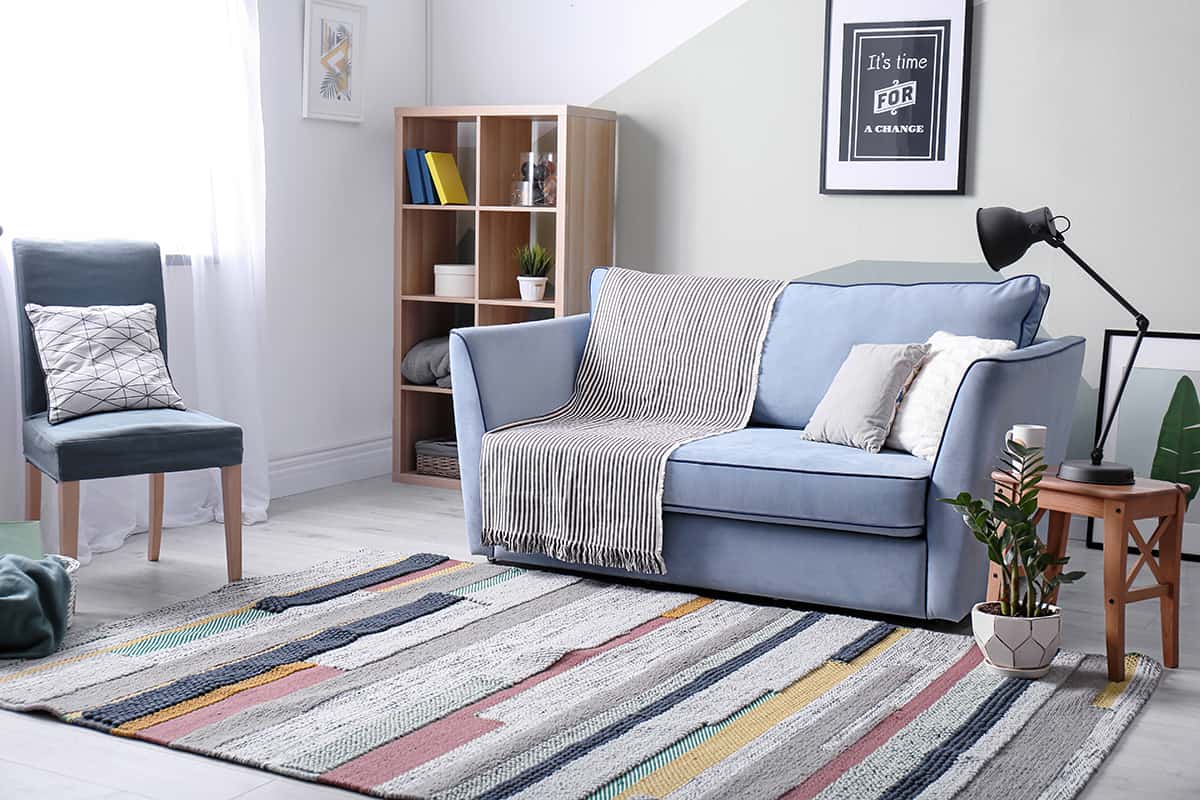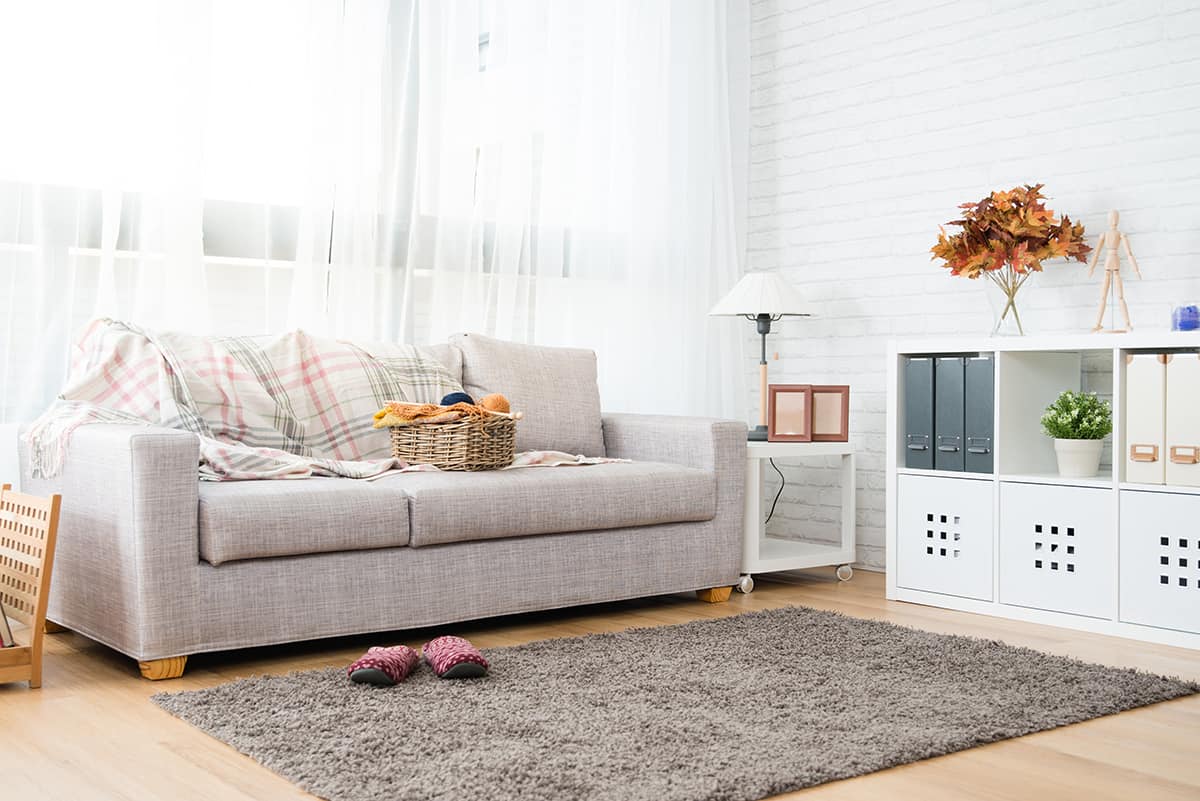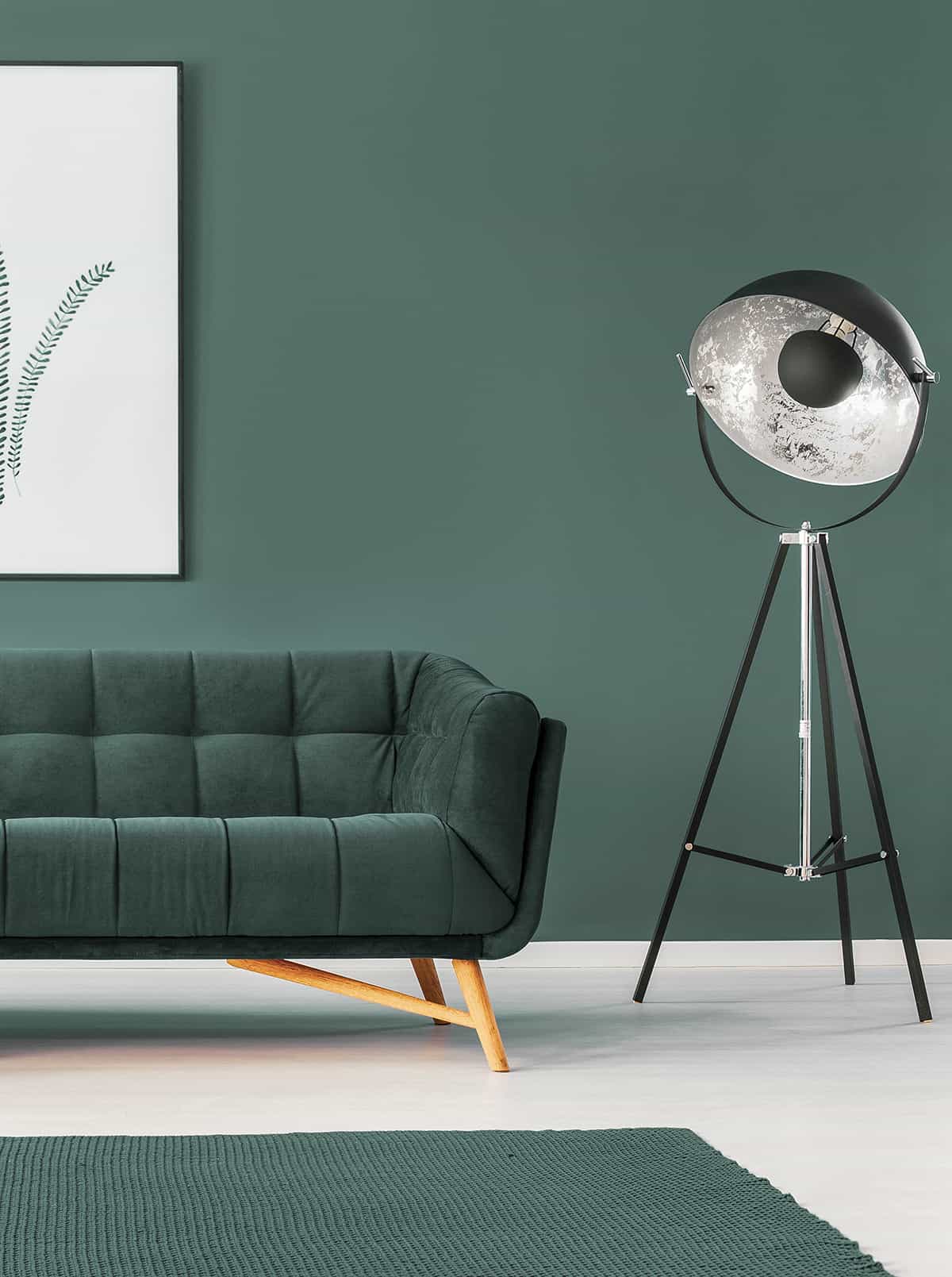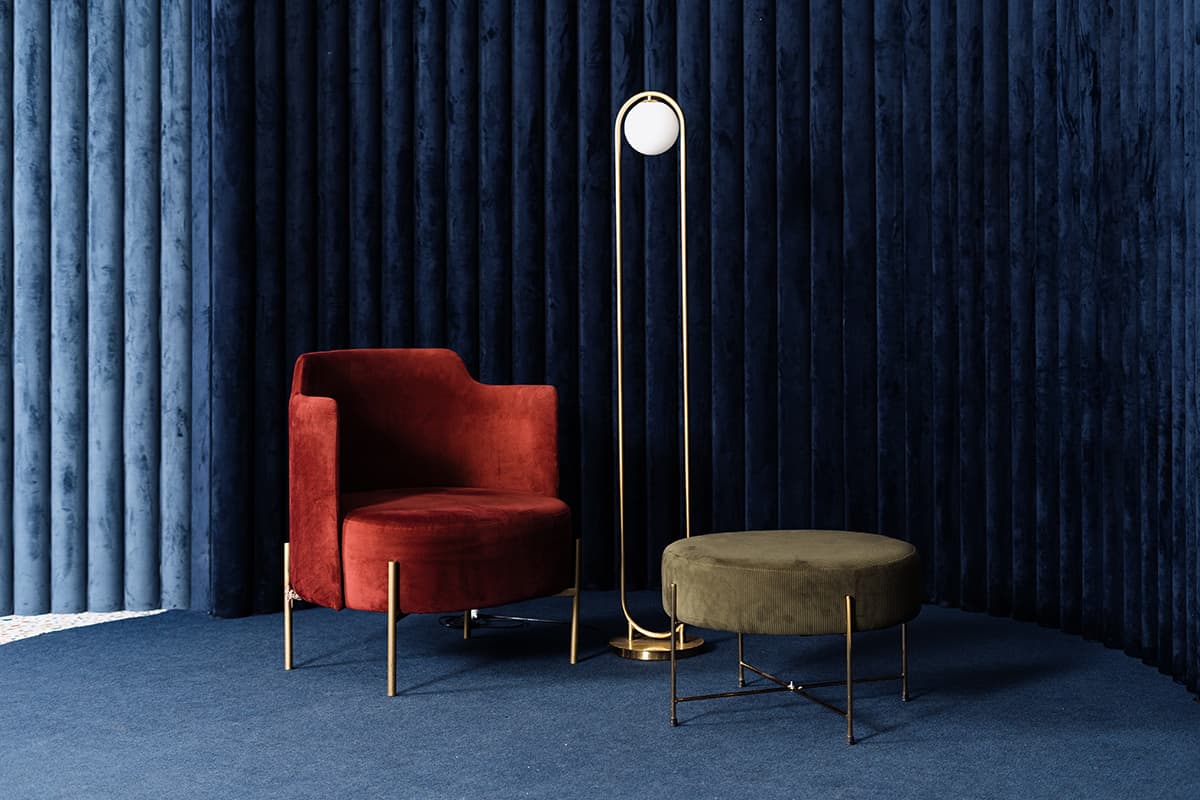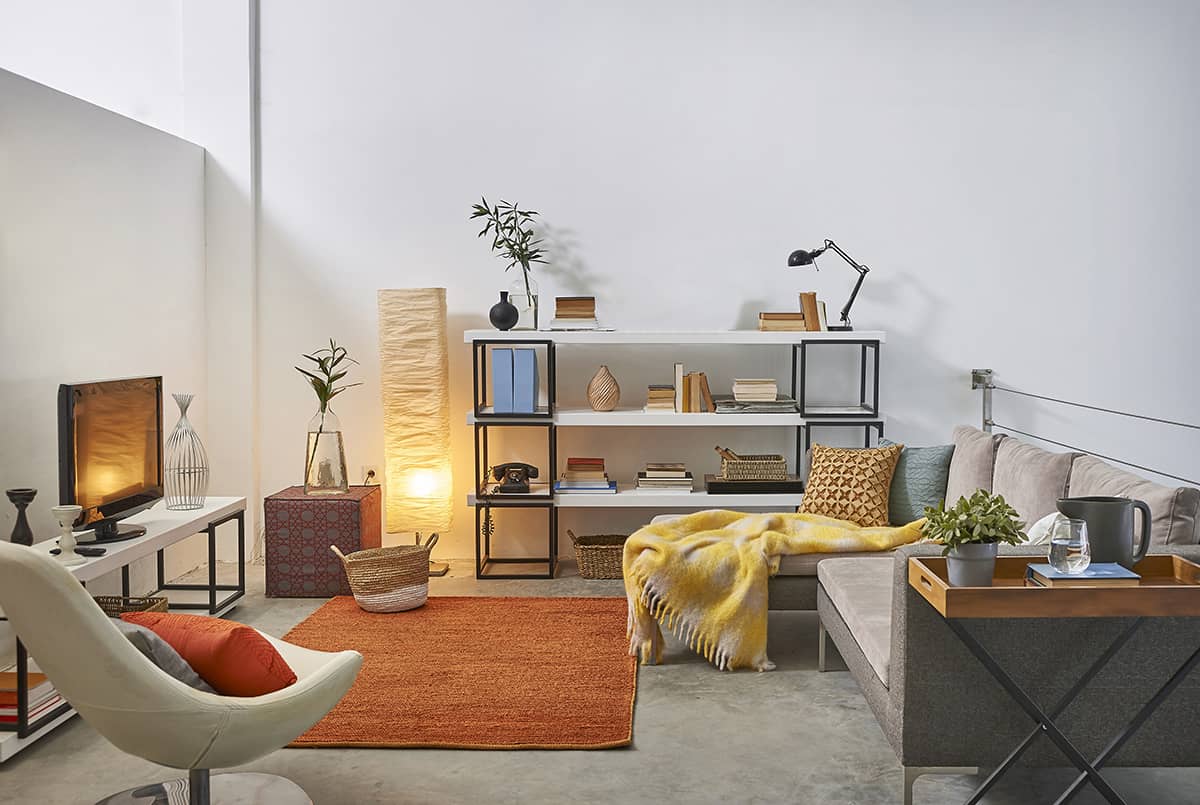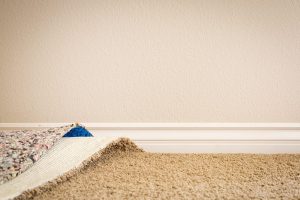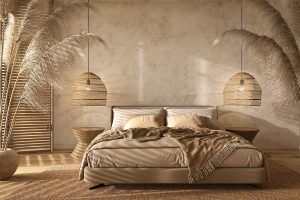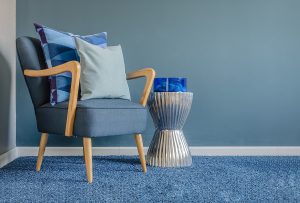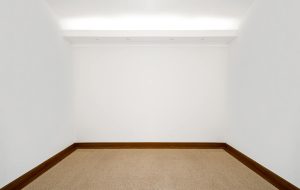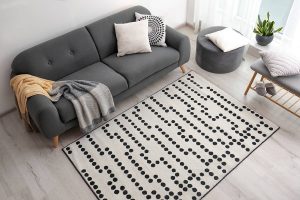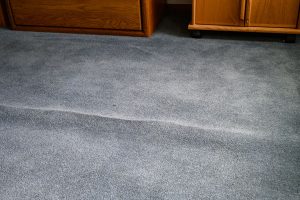Choosing a new carpet for your home means deciding on its material, thickness as well as color. While the durability of the carpet material is important for most people, it should be a color that doesn’t show stains and dirt easily.
Families with pets or young children know very well it doesn’t take long for their carpet to get dirty right after installation. Even if you vacuum your carpet every day, the last thing you want to see is the debris of spilled food or drinks on your newly installed carpet.
So what is the best carpet color to hide dirt? Most dark colors perform well when it comes to camouflaging stains or dirt on carpets. Brighter colors, on the other hand, tend to fade easily with regular cleaning, plus they draw the eye down to the stain.
However, if you don’t want a dark color carpet, you can always consider multi-colored patterns. These are the best choice for hiding dirt in high-traffic areas, such as the living room and entryways.
That said, most interior designers will agree that darker carpet colors are best for hiding stains and dirt, so you won’t have to worry about your visitors noticing those dust or food particles on your carpet fibers. In this post, we’ll share some of the best carpet colors that hide dirt as well as colors to avoid. Keep reading until the end, where we provide useful insight into the types of carpets that are easiest to keep clean. Let’s get started now!
6 Excellent Carpet Colors for Hiding Dirt and Stains
Dark Brown
A dark brown carpet is one of the best color choices for hiding dirt. In fact, the darker the shade, the more effective it will be for blending in with the dirt or dust.
While some people may prefer lighter shades of brown, if your room is bright and airy, a darker shade will fare better for hiding dirt. Just think, you won’t have to vacuum your dark brown carpet often, even if it’s installed in a high-traffic room.
Patterns
Solid colors run the risk of showing stains or dirt. But patterned carpets, on the other hand, make it harder to distinguish the pattern from the dirt. Striped, floral, Persian or geometric designs are better at blending in with dirt or stain marks.
The image we’ve picked shows a striped multi-colored carpet, but you can pick any patterned design to hide dirt in your living room.
Gray
Gray comes in many shades, and all of them do a great job of hiding dirt. In high-traffic rooms, opt for medium to dark-toned gray carpeting.
This is a better neutral color for camouflaging dirt compared to beige and other lighter hues. A gray carpet works especially well when paired with a gray sofa as it won’t draw the eye to the floor. For a stylish arrangement, add a darker shade of gray carpeting to your living room with a light gray sofa, as shown in this example.
Dark Green
Dark green carpeting is a refreshing addition to a living room. What’s more, this earthy, natural color does a great job of blending in with dirt or stains. Shades like teal, olive, or forest green make any space inviting and cozy while hiding patches of dirt very well.
If you like the idea of dark green carpeting, we recommend matching the shade with your living room wall and sofa for a cohesive look, as shown here.
Navy Blue
After green, blue is the second most popular carpet color choice for hiding dirt. Not only does this color add a sense of sophistication to your living room, but it also hides all the flaws in your carpet. A dark shade of blues like navy or admiral brings a pop of color to your room without overpowering it. You can add a brown leather or red velvet sofa to this color scheme to detract the eye from the floor.
Muted Orange
Orange is an energetic and welcoming color. In a living room with bright colors, muted orange carpeting is a good option for camouflaging dirt or stains. That said, be sure to avoid a light orange shade, as dirt will be more noticeable. We recommend burnt orange as a darker shade for a living room with high foot traffic.
Carpet Colors to Avoid For Hiding Dirt
While there are some carpet colors that are excellent for concealing dirt, some tend to accentuate spills or stains. Bright shades do little to hide dust or footprints, so in high-traffic areas, it’s best to steer clear of vibrant colors. Here are some carpet colors that show dirt easily:
- White: for those who are specifically looking for a carpet color that hides dirt, white can be a bad choice. Even if your room has low foot traffic, it is unwise to install a white carpet. While this bright color makes a room look bigger, it will show even the slightest stain or dirt. And it’s not just people with young children or pets who should avoid white carpets; this solid color draws the eye directly to the spilled coffee, wine, or any other debris.
- Black: some might think black disguises dirt, but on the contrary, it tends to build up dust and grime over time. Once the dirt has accumulated on the pile, it can be labor intensive to clean, thus making a black carpet a bad choice for hiding dirt.
- Yellow or beige: just like white, yellow or beige carpets are just too bright to conceal footprints or dirt. In fact, these colors can draw the eye directly to the stain mark on the floor.
What is the Easiest Carpet Material to Keep Clean
It’s not just the color of your carpet that has an impact on how easy it is to clean. The material you choose is also important. Here are some of the easiest carpet materials to keep clean:
- Nylon: this is the most durable type of synthetic carpet material that’s super easy to keep clean. It is ideal for extremely high foot traffic areas.
- Polyester: this type of carpet material resists stains and dirt and is incredibly easy to clean. In fact, this type of carpet material outperforms nylon and wool when it comes to resisting stains and dirt. For households with pets, a polyester carpet makes a great choice since it has oil-based fibers that repel stains or marks.
- Wool: while boasting excellent dirt-resisting qualities, this natural carpet material is more forgiving with stains or marks thanks to the protective oils within its fibers. However, wool requires extensive maintenance and special cleaning, which doesn’t appeal to everyone.
What Type of Carpet Pile Hides Dirt Best?
Carpet pile refers to fibers; the longer the fibers, the shaggier the carpet. Here are the best types of carpet fiber designs that hide dirt and stains.
- Loop pile: to create a small loop, each yarn strand is pulled twice in order to achieve the loop pile effect. This type of carpet has good dirt and footprint capabilities and is ideal for high-traffic areas.
- Cut pile: the loops of these carpets are cut at the top, with yarn tufts left standing straight up. A cut pile carpet looks more formal than a loop pile, but the lighter colors tend to show footprints and dust more easily so it’s best to stick with darker shades.
- Twist pile: these are tightly twisted fibers with a blend of loop and cut pile. The twist pile carpet is most durable and resilient against foot traffic, thanks to the strength of each fiber. Dirt and stains don’t show on these carpets, which makes them ideal for family rooms, hallways, and stairs.
- Cut and loop pile: with these types of carpet fibers, you can create different textured patterns by combining looped fibers with the cut ones. This makes the cut and loop pile an excellent option for hiding dirt. However, it’s not as durable as the twist pile carpet, thus only recommended for low foot traffic areas.
In Closing
When choosing a carpet color to conceal dirt, you’ll want to ensure it matches your home’s style and the particular room’s decor. There is also the amount of foot traffic the room is likely to get, especially in households with pets or children.
The right carpet color, such as dark brown, gray, green, and navy, to name a few, will help prevent daily cleaning or premature replacement. If you’re still unsure about the best carpet color, refer to our above examples for ideas and suggestions.
